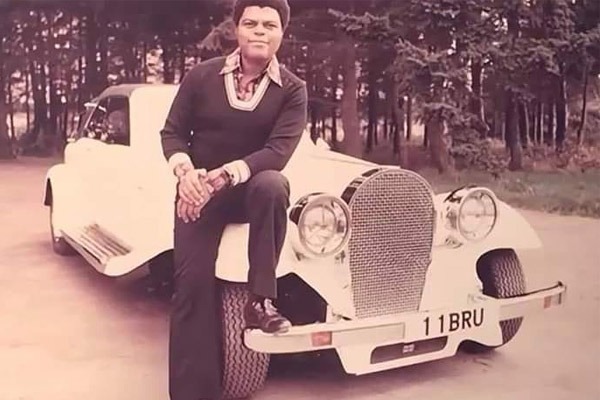
Urban planning & naming in Benin city is unique & reflects the traditional sociopolitical system & philosophy of life of the Benins. By studying them alone you will learn more Edo history than from many books.
#Thread
#Thread
Benin City is divided into several Quarters & broadly into 2 parts: to the north Orenokhua and to the south Ogbe. Orenokhua once housed several quarters of the ordinary citizens, craftsmen, various specialist groups, and many chiefs.
The palace quarter called Ogbe was once separated from Orenokhua by a broad road called Oroghotodin. The wide road stretches from Oba market road straight to Sokpoba road. This was before a ring road (carved out mostly from the Ogbe side of the divide) was built there. 

Ogbe quarters contained (and still contains) the royal palace, the harem, mausoleums for deceased rulers, and the quarters of court retainers who worked for the royal household. The Orenokhua is the largest part of the city & where the commoners lived.
Close to the broad road on the Orenokhua side of the city live professionals artisan of the city and others who served the palace and their domains were named after them: I will give examples in the tweets that follow.
Ibiwe street was named the quarters of the Ibiwe guild in charge of the maintenance & discipline of the large harem of women & their children of the Oba. Not far from Ibiwe & Ekioba was the Missionary graveyard (1st public graveyard in Benin established in around 1900).
Ewaise Street was the quarter of the Ewaise who were the royal physicians and diviners. The street today is known as Forestry after the British colonial department of Forestry was establish there at the beginning of the 1900s.
There is Igbesamwan Street home of the Igbesamwan guild of carpenters, Igun street which is the quarters of the Igun Eromwon guild (famous for their bronze works) & the Igun Ematon (blacksmiths’ guild). Owina street is the quarters of the Owina guild who are wood & ivory carvers.
Idumwowina and Oregbeni quarters are not close to the Obas palace but were also quarters of the Owina guild (ivory carvers) and Ogbeni guild who are elephant hunters. Ihogbe street is the quarters of the Ihogbe guild which responsible for recording Oba’s ancestors.
The ihogbe are members of the “official” family of Oba Eweka and therefore the Obas after. Erie Street is was traditionally the quarter where the women Royal Harem (Erie) were cared for when ill or pregnant.
Ogbelaka street which is at the ogbe side of the divide was the quarters of the Ogbelaka guild of dancers. Iwebo street also is at Ogbe quarters was named after the quarters of the palace association in charge of all guilds involving the obas regalia, arts.
Almost all the public government-owned primary and secondary schools in these quarters of Benin city are named after Benin Obas, Queens, Warrior, Heroes, Guilds, Societies, etc,
The original name of some Benin roads:
Ode Iguisi (Lagos street)
Ode Ike (Missiom road)
Ode Ewaise (Forestry)
Ode Ugboka or Imose (Sapele road)
Ode Irhassa (Airport road)
Ode Uantan (Sakpoba road)
Ode Iguisi (Lagos street)
Ode Ike (Missiom road)
Ode Ewaise (Forestry)
Ode Ugboka or Imose (Sapele road)
Ode Irhassa (Airport road)
Ode Uantan (Sakpoba road)
#Funfact: The Portuguese came into Benin city through Ekenhuan road and the feet of all foreigners were washed before they enter Benin city at Izebu quarters.
• • •
Missing some Tweet in this thread? You can try to
force a refresh









